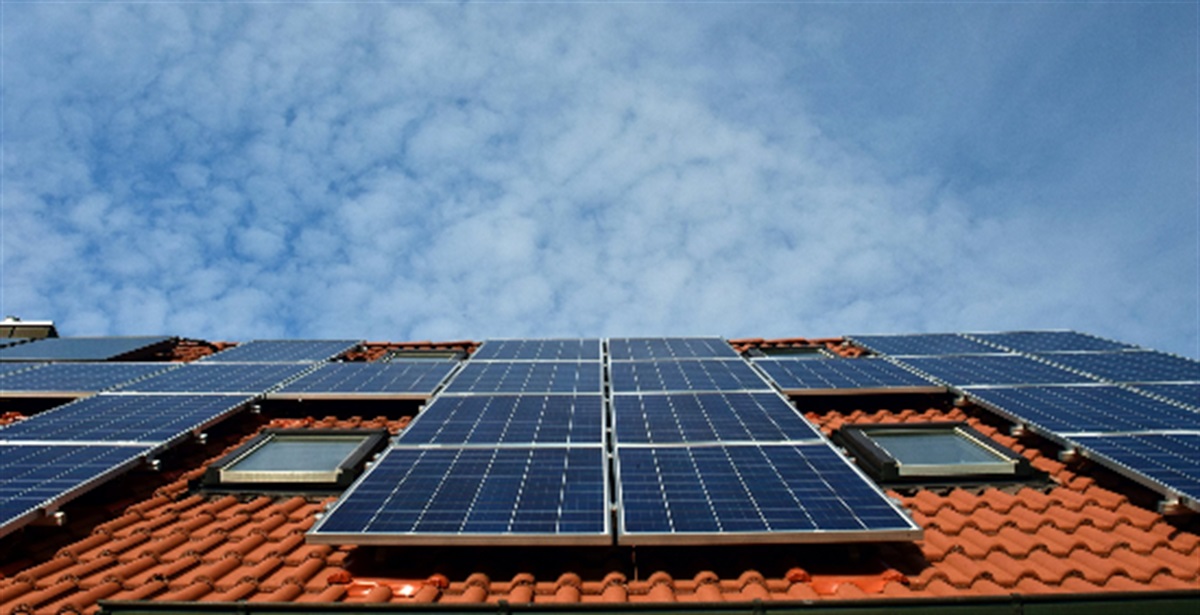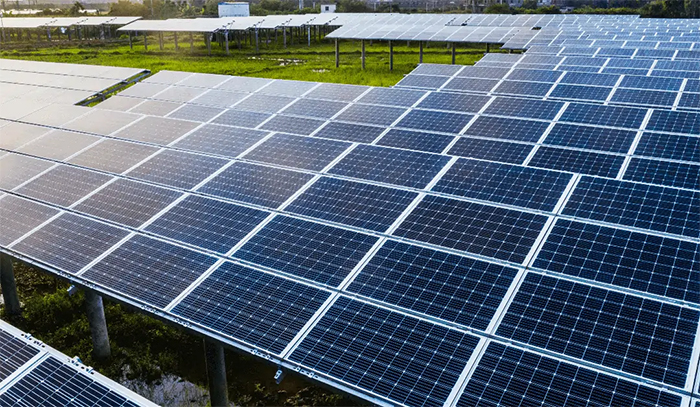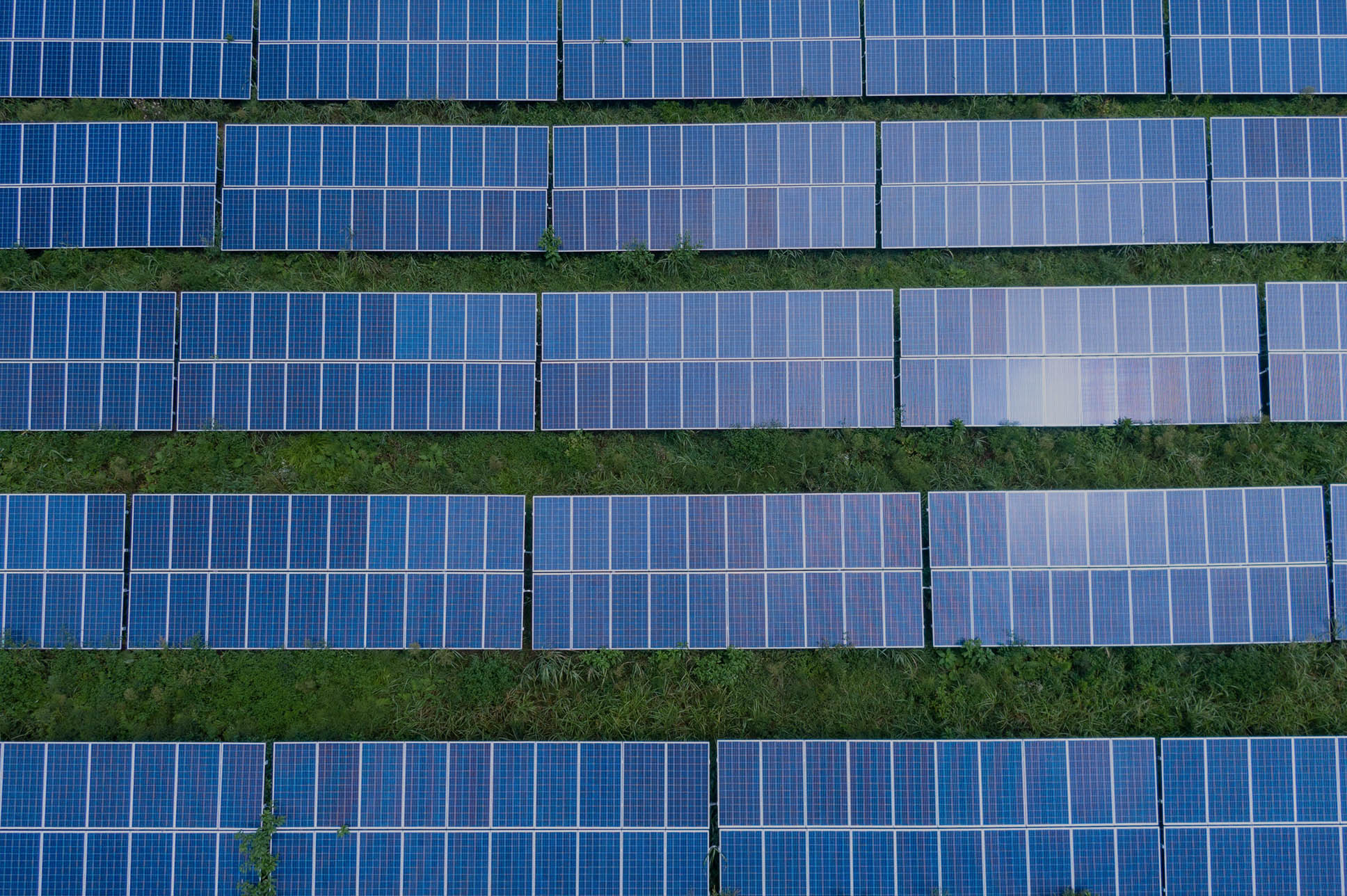Choosing A Solar System
Picking a Solar System to Integrate Into a Smart Home: Getting the Balance Right between Energy Demand and Tech Compatibility A 5 kW to a total of ten generations per day can be generated by this system performing circuit running from about the twenty-twenty kWh according to my choice is ordered and various other aspects like deletion or irrigation.
Energy Needs Assessment
A thorough analysis of monthly electricity consumption in the home is necessary to identify your proper system size. This includes looking at old utility bills to determine average usage. For example, a residence that uses 900 kWh per month would likely choose an 8 kW system to supply enough of the electricity required by its owners as long there is sun on most days.
Technology Compatibility
In addition to these things, it is also necessary that the solar system you choose should easily blend with your current smart home technologies. And that includes choosing solar modules and inverters compatible with smart home management systems. New solar technologies, such as module-level power electronics (MLPEs), can also help residential PV systems work with smart home devices to improve monitoring and control.
Financial Compliance and Incentives
The price will depend on the size of system you get and what brand, but most solar systems cost around $10-$30k before incentives. This upfront cost can be greatly reduced by federal, state and local incentives. In the United States, homeowners in most states can also benefit from the U.S. federal solar tax credit that gives them a 26% of their home and costs returned down to their taxes when They install panels either at home or on leased land.
Expert Consultation
Solar energy experts who come with the experience of these systems getting integrated to smart technologies must be consulted. These professionals could help determine which products and configurations stand out, making sure that the system not only provide enough energy to power your home but also takes full advantage of smart home automation. They can also help with the vast landscape of incentives that are accessible to make costs more feasible.
Installing A Solar System
Installing a solar system is no small feat, and not for the faint hearted. First, a professional assessment is carried out to determine the condition of your roof and its structural integrity along with an orientation check if you have no shading. This promises the clear site of solar panel with direct sunlight. Most common residential rooftops can support a system size in the range of 5 kW to10 kW.
Pre-Installation And Panel Installation
The roof may even have to be reinforced so that it can support the added weight of those panels once they are put in place. To withstand elements like wind and snow loads, the mounting hardware is then installed securely. These panels are mounted in arrays that attach to the power system. Layout designed for minimal energy loss and highest output.
Wiring and Inverter Setup
Solar panels generate direct current (DC) which needs to be converted into Altering Current (AC) supply through an inverter. The inverter connects the solar panels, which are wired to a box (typically near your main electrical panel), then get connected according to local codes and guidelines. It makes energy flow efficiently through the home, which enables efficient conversion and distribution of it.
Inspection, permitting and grid connection requirements
After installation, the system is inspected to meet local electrical codes and safety requirements. This will involve inspection of all electrical connections, the rack system and inverter configuration. Once approved, the system also activates and can be tied to the grid so your excess energy will instead feed back into it (which sometimes means credits on your bill).
Smart Integration
All linked to a smart home system, the solar installation also comes with smart meter and gateway integration. Homeowners can thereby monitor and manage solar energy production, electricity consumption from the grid as well as demand side management of electrical appliances centrally using a smart home interface that allows for optimal usage resulting in improved overall system performance.
Connecting Your Smart Devices
Incorporating solar power with smart home gadgets is a major step for better energy efficiency and comfort. This starts with the build-out of a network that pairs solar energy production to smart home management so as to control and optimize our power load powerhouse.
Choosing Compatible Devices
Step 1: Choosing Smart Devices Compatible With Solar System Technology It typically encompasses devices that can take input from smart inverter or a home energy management system (HEMS). These usually include smart thermostats, lighting systems or any IoT enabled appliance.
Creating a Central Management System
The hub is a key cog in the integration, as it receives signals from and sends them to both your solar inverter and your smart devices. While serving as a central hub to collect data across all connected devices, the home is also controlled at one place where residents can take care of them. Popular hubs typically support ZWave, or Zigbee allowing them to work with many devices
Programming and Automation
When it comes to programming the devices, essentially this is when you specify certain rules or scenarios that basically said what and how should these device operate during solar production. For example, you can program the intelligent system to wait for high-energy appliances such as washing machines and air conditioners during peak solar generation hours in order to use more of that energy.
Network Security
Protecting the network is crucial, and as more solar systems tie into wired smart home components it broadens the area that may be susceptible to hackers. To defend your network from unauthorized access, it is necessary to set up robust security measures (e.g. encrypted communications, secure Wi -Fi networks and frequent firmware updates).
Performance Optimization
Lastly, insights into gathering analytics from Solar System and Integrated Smart Device to improve performance continuously. Such as changing when you consume with your smart devices using weather prediction data and the historical energy production to get a better overall efficiency.
Monitoring Your Solar System
Through appropriate monitoring, the solar system can be most powerful and efficiently work in single coherence with a smart home. This activity is to track energy production, consumption and system health through progressive sophisticated in field technology
Installing monitoring equipment
The majority of new solar systems come with monitoring hardware that can give you a clear picture as to how your system is tracking. Each solar panel is equipped with one of these, and they are connected to the inverter as well to monitor both at-panel and system-level issues. For example microinverters used for each of the panel can provide discrete panel performance, which is very important in fault or underperformance detection.
Data Analytics Software Solutions
Hardware software platforms The hardware collects the data, and a plethora of different platforms interpret that information. For example, your energy production numbers (voltage/current/overall power output) can be displayed in real time over these platforms. More advanced systems are able to compare the performance you should expect under these current weather conditions with actual performance, highlighting problem areas in your installation.
Smart Home EcoSystem integration
For smart homes, solar monitoring systems often work hand-in-hand with home automation. This way, homeowners are able to look at their energy production and consumption data from the same interface they use to manage lighting, heating or other home systems. It has compatibility with Apple HomeKit, Google Home or Amazon Alexa which is a standard feature making it more powerful and easy to use.
Alerts and Notifications
The monitoring system is set up to dole out alerts and notifications when actionable problems arise or performance parameters start behaving weird. Homeowners are then sent alerts through any number of smart phone apps or emails, which keeps them informed immediately if their system is not performing at optimal efficiency due to debris building up in the collector panels or equipment failure.
Well Informed Maintenance Choices
Continuous monitoring generates valuable data to inform maintenance decisions. An example of this is running trends over time, which can be used to help determine when / where work should occur such as panel cleaning or if equipment consistently underperforms. Periodic review of data helps in planning maintenance downtime only when needed: thus, saving cost on periodic over-maintenance & system uptime improvement.



